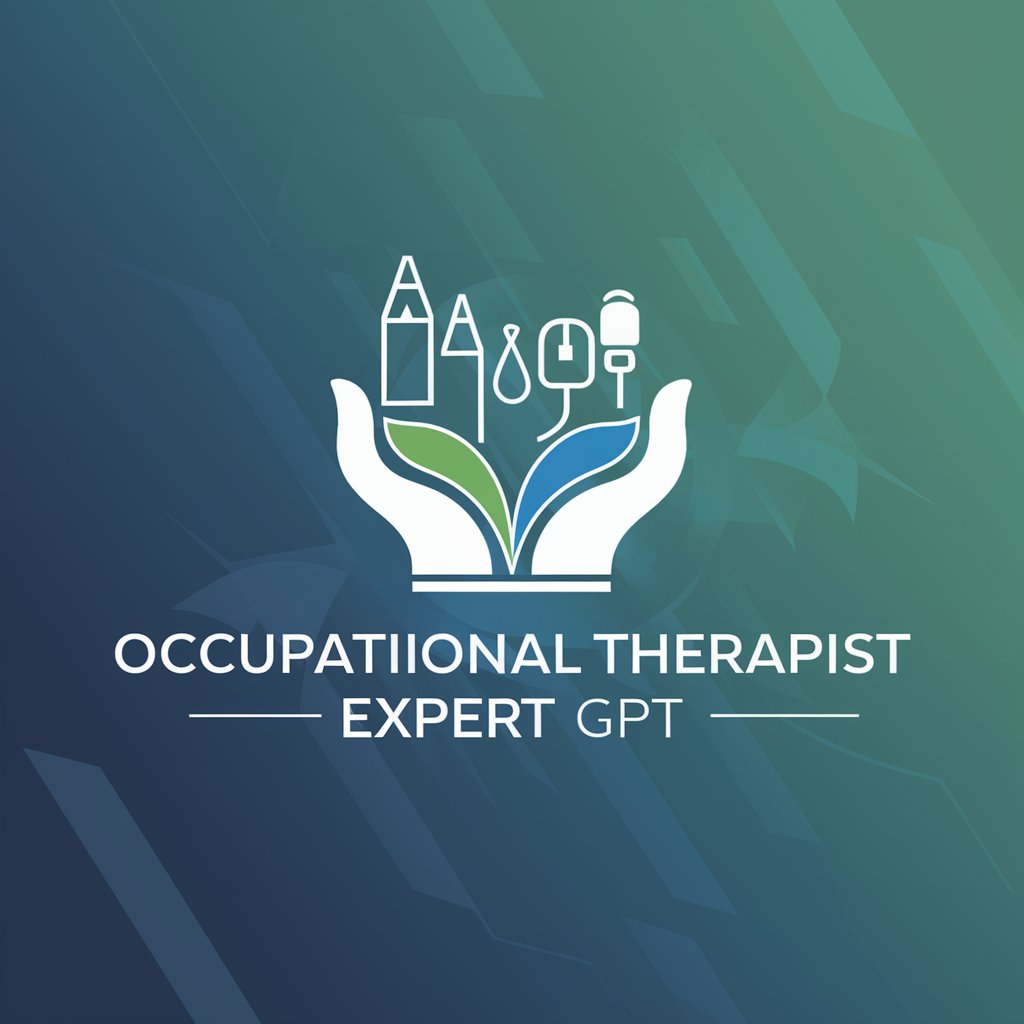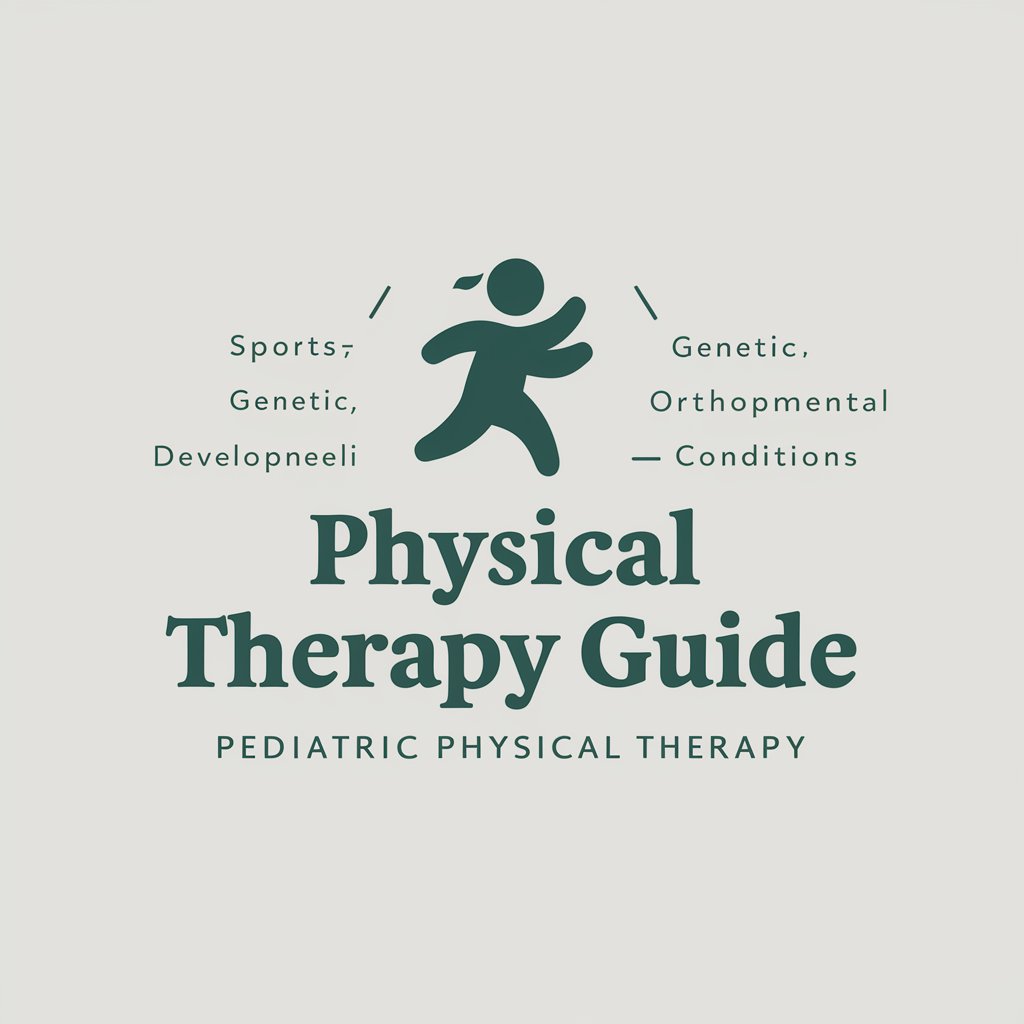
Pediatric OT Activity Assistant - Pediatric OT Activities
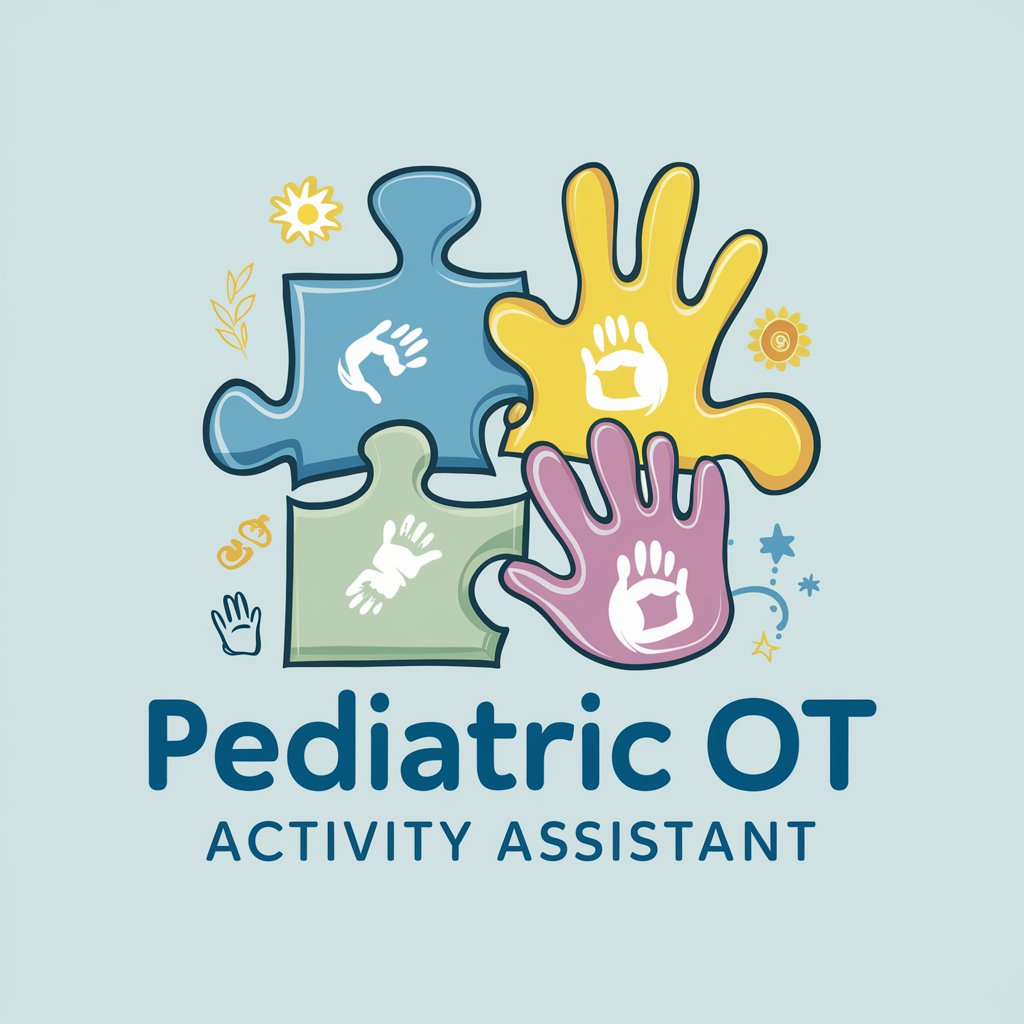
Hello! Let's create fun and effective therapy activities for kids.
AI-powered therapy activity suggestions
Suggest activities for fine motor skill development for a 5-year-old child...
What are some engaging gross motor skill games for preschoolers...
How can I incorporate sensory play into therapy sessions for children with autism...
Ideas for improving hand-eye coordination in children aged 3-6...
Get Embed Code
Pediatric OT Activity Assistant Overview
The Pediatric OT Activity Assistant is a specialized tool designed to support Occupational Therapy (OT) practitioners in developing and enhancing therapy plans for children. Its core function revolves around providing creative, engaging, and therapeutic activity ideas that target specific developmental milestones and motor skills. These activities are tailored to the unique needs of each child, considering factors such as age, therapy setting, and any specific challenges or precautions. For example, the Assistant might suggest a 'Fine Motor Skills Treasure Hunt' for a child needing to improve hand dexterity, incorporating tasks like picking up small objects or threading beads. This tool emphasizes HIPAA compliance and serves as a supplemental resource, not a replacement for professional OT advice. Powered by ChatGPT-4o。

Key Functions and Real-World Applications
Activity Idea Generation
Example
Sensory Bins for Sensory Processing Skills
Scenario
An OT practitioner working with a child who has sensory processing challenges might use the Assistant to find activities that can help the child become more accustomed to different textures. The Assistant suggests creating a sensory bin filled with rice, beans, or water beads, and incorporating various toys or objects for the child to find, encouraging exploration and tactile engagement.
Customized Activity Recommendations
Example
Obstacle Course for Gross Motor Skills
Scenario
For a child needing improvement in gross motor skills and balance, the Assistant could recommend setting up a simple indoor or outdoor obstacle course. This course might include activities like jumping over cushions, crawling under a string, and balancing on a beam, tailored to the child's ability level to ensure safety while challenging them to develop their skills.
Developmental Milestone Support
Example
Craft Activities for Fine Motor Development
Scenario
An OT seeking to enhance a child's fine motor development and hand-eye coordination might be guided to organize craft sessions. The Assistant suggests crafts that require cutting shapes, gluing pieces together, and drawing, which help in strengthening the small muscles in the child's hands and fingers, crucial for writing and other daily activities.
Target User Groups
Licensed Occupational Therapists (OTs) and Occupational Therapy Assistants (OTAs)
These professionals are the primary users, benefiting from a wealth of activity ideas to enrich their therapy sessions. The Assistant aids in brainstorming and planning, ensuring activities are aligned with therapeutic goals and the child's developmental stage.
Special Education Teachers
While not the primary target, special education teachers working closely with children who have various developmental challenges can also benefit. The Assistant can provide them with activity ideas that support the development of motor skills, sensory processing, and other areas relevant to their students' educational and developmental needs.
Parents of Children Receiving OT
Parents looking to reinforce therapy goals at home can use the Assistant for ideas. While the tool is designed for professionals, informed parents collaborating with their child's OT can find valuable activities to do at home, fostering skill development in a familiar environment.

How to Use Pediatric OT Activity Assistant
Start Your Free Trial
Visit yeschat.ai to explore Pediatric OT Activity Assistant with a free trial, no ChatGPT Plus or login required.
Identify the Child's Needs
Gather information about the child's age, specific needs, therapy setting, and any precautions to tailor the activity suggestions.
Choose a Skill to Target
Select the motor or cognitive skill you aim to develop, such as fine motor skills, gross motor skills, or sensory processing.
Get Activity Suggestions
Use the information provided about the child to receive tailored activity ideas that support their developmental needs and therapy goals.
Apply and Adapt
Implement the suggested activities in therapy sessions, adjusting as necessary to suit the child's individual response and progress.
Try other advanced and practical GPTs
"وکیل - Lawyer"
Empowering Legal Decisions with AI

"Famill Dokter"
Empowering Your Health with AI

User Story Writer
Streamline your planning with AI-powered user stories.

Stress Management Coach
Empowering Stress Relief with AI
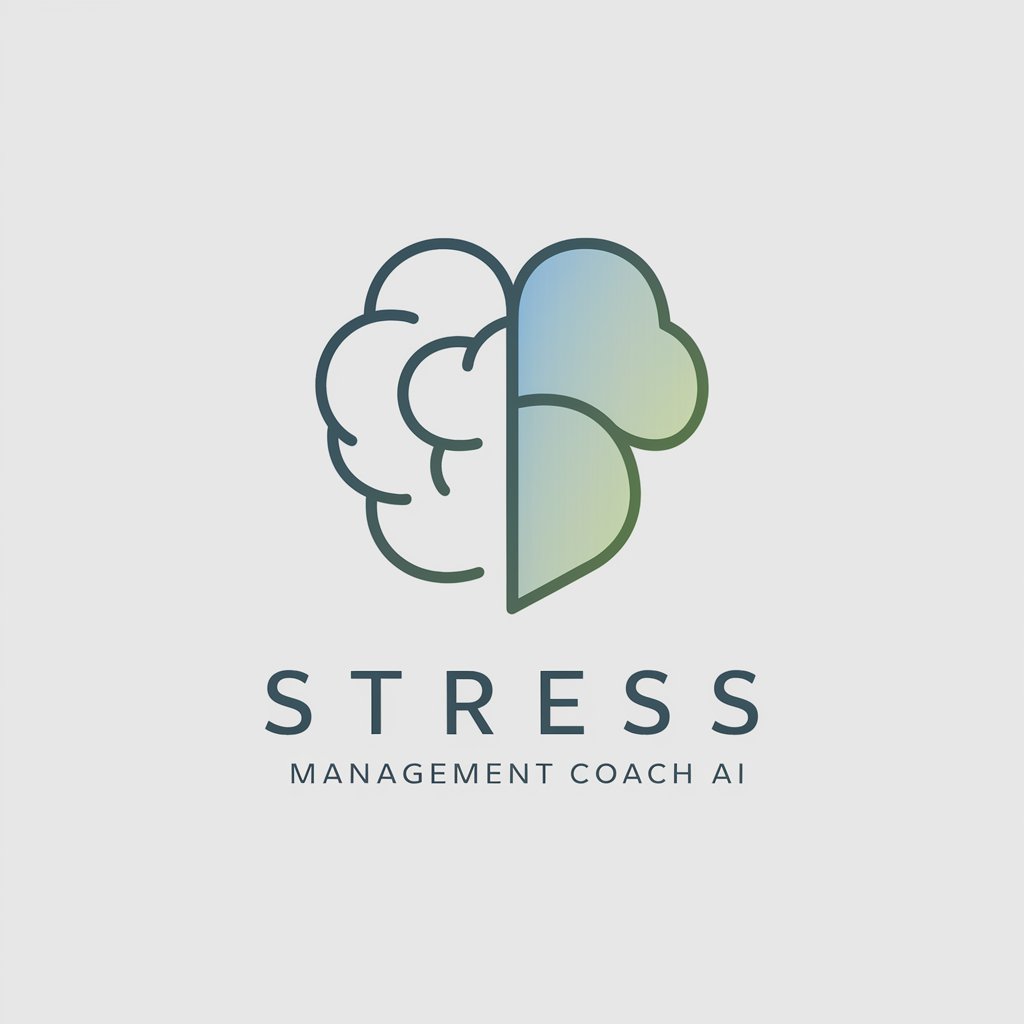
Board Game Buddy
Revolutionizing board games with AI
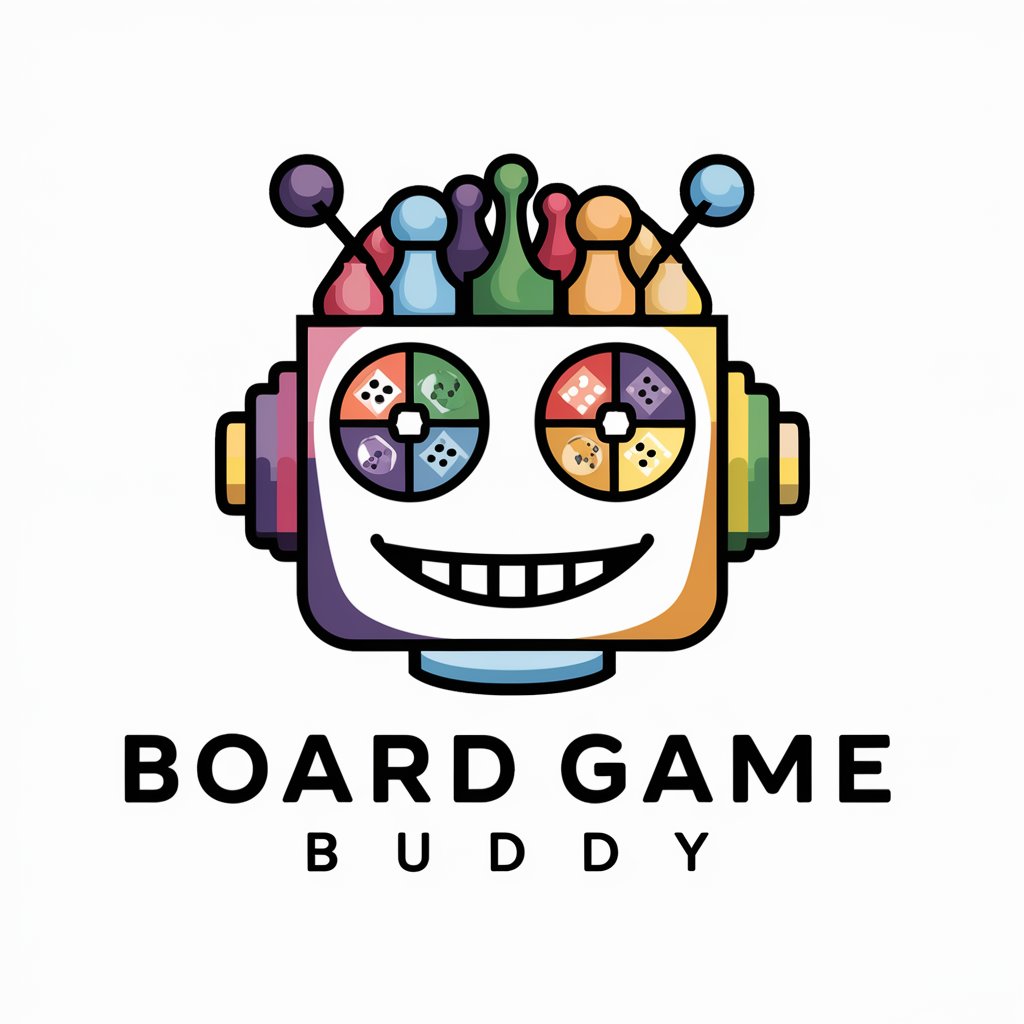
Fintech Master
Empowering fintech innovation with AI

Cover Letter Composer
AI-powered Personalized Cover Letter Generation

PPE Insight
Empowering safety with AI-driven PPE insights
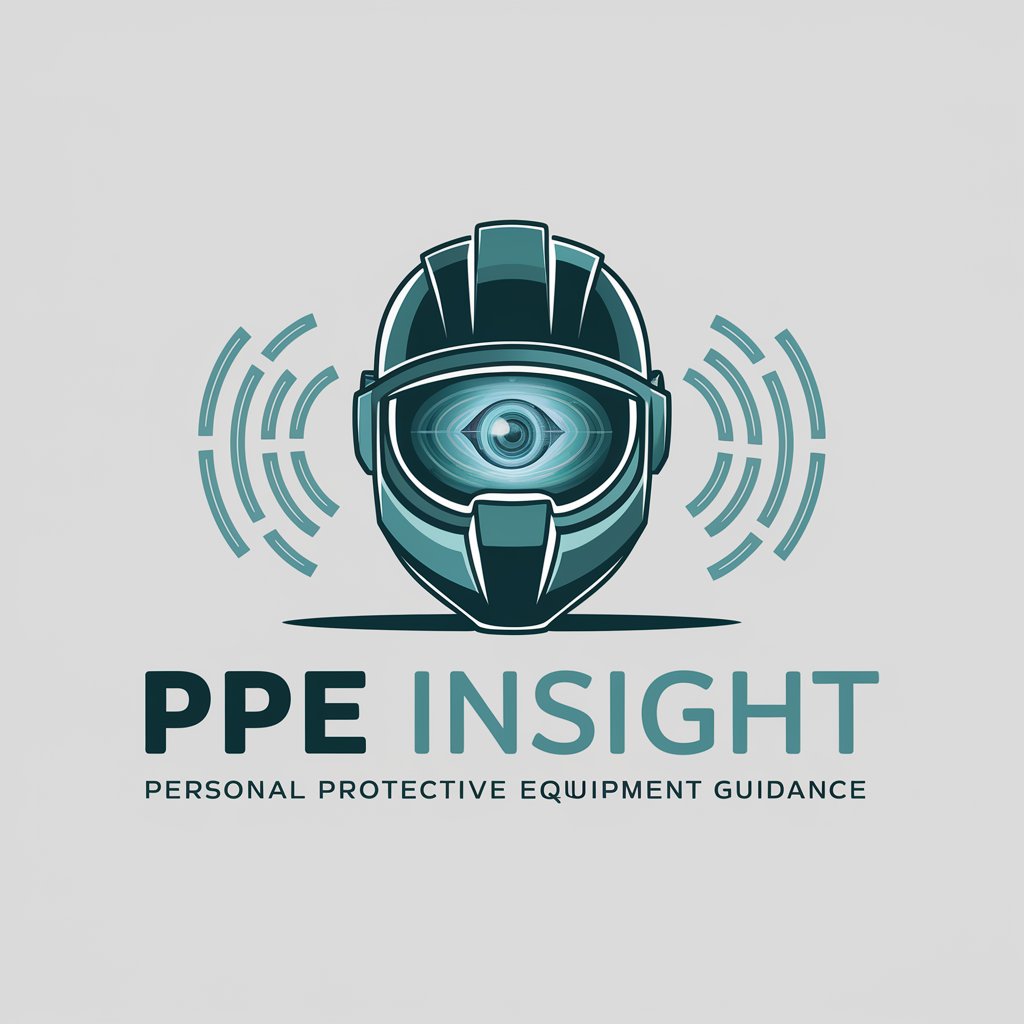
Image Mimic
Transforming ideas into visuals with AI
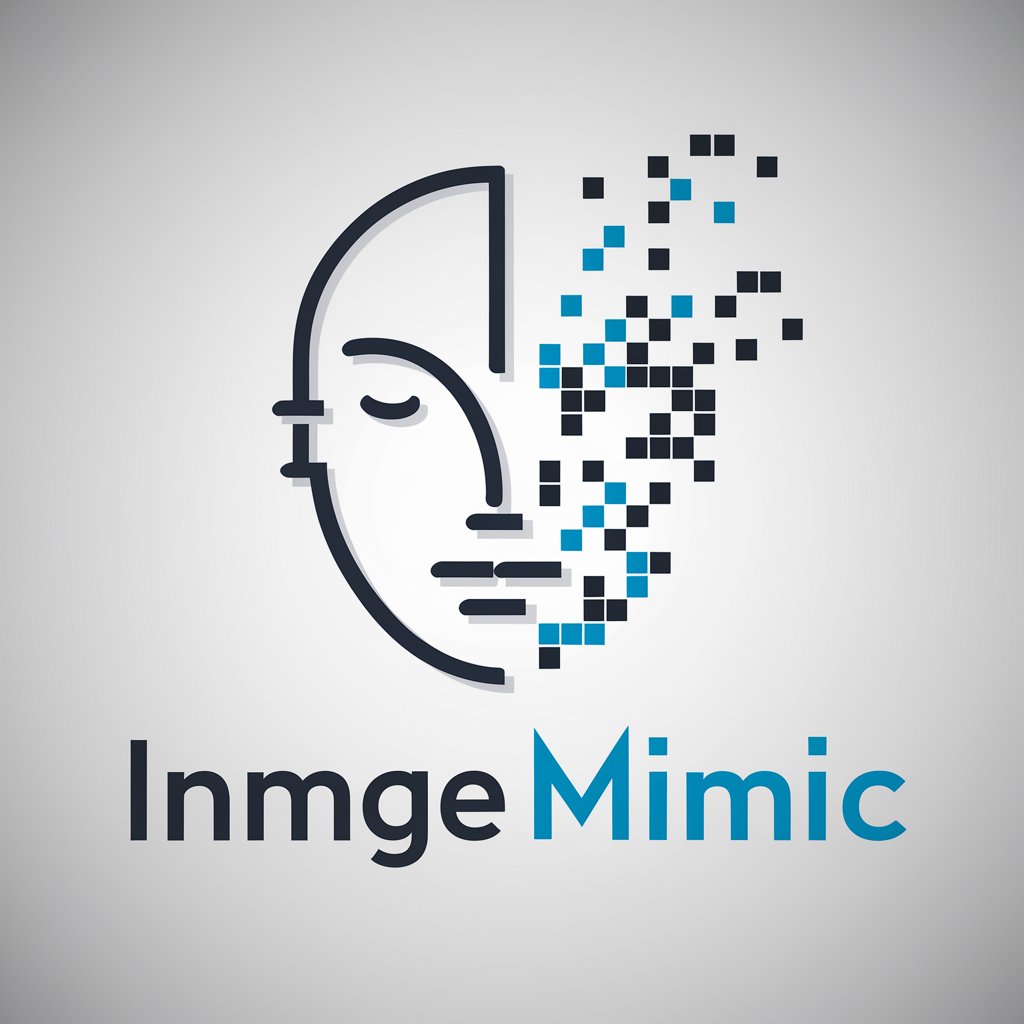
Golden Years Navigator
Empowering your retirement journey with AI
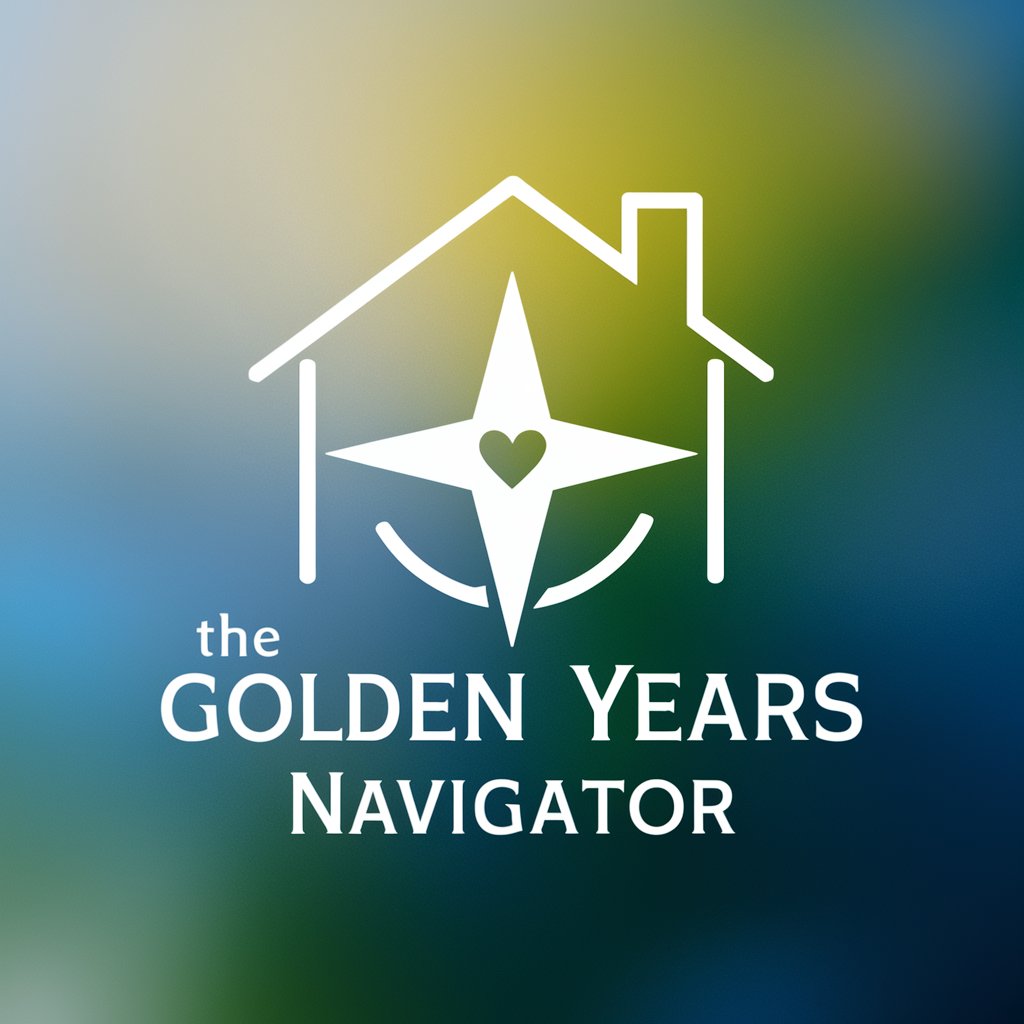
IntelliDoctor - All Purpose
Empowering Doctors with AI Insight

AURA
Empowering your spiritual journey with AI

FAQs About Pediatric OT Activity Assistant
Can Pediatric OT Activity Assistant suggest activities for children with sensory processing disorders?
Yes, it can provide tailored activities aimed at helping children with sensory processing disorders. Suggestions may include sensory integration techniques, therapeutic play, and structured sensory activities.
Is this tool suitable for both home and clinical settings?
Absolutely. The tool offers activity suggestions that can be effectively implemented in both home and clinical settings, allowing flexibility in therapy delivery.
How does Pediatric OT Activity Assistant adapt activities for different ages?
Activities are tailored based on the child's developmental stage and specific needs. The tool factors in age-appropriate skills and challenges to ensure activities are both engaging and beneficial.
Can the tool help with developing social skills?
Yes, it can suggest activities designed to enhance social skills through play and interaction, fostering communication, cooperation, and understanding in social contexts.
How often are the activity suggestions updated or expanded?
The database of activities is regularly updated to incorporate new evidence-based practices and innovative therapy ideas, ensuring users have access to a broad and effective range of activities.

